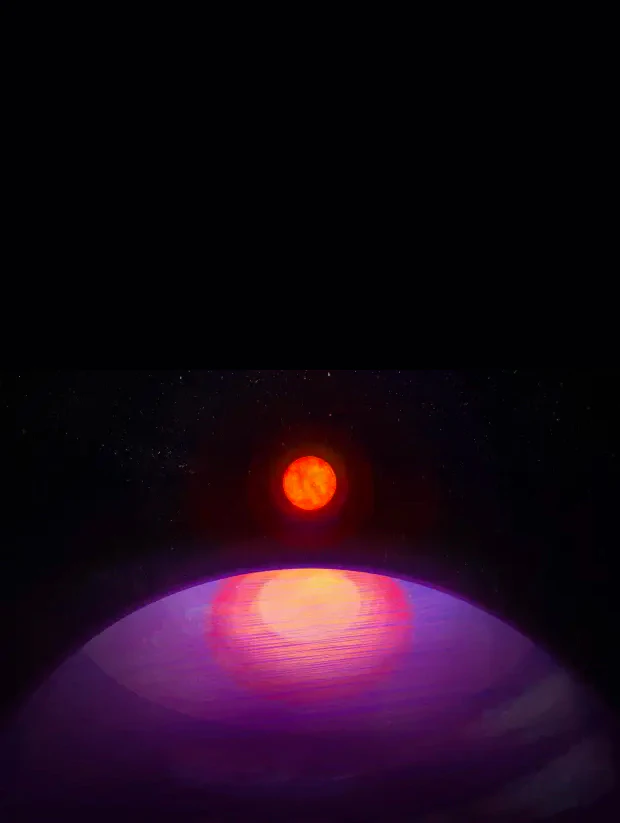A group of researchers at Pennsylvania State University (PSU) led by Indian-origin researcher Suvrath Mahadevan discovered a planet outside the Earth’s solar system that is too massive for its sun.
Our Bureau
State College, PA
The planet, now known as LHS 3154b, is equivalent to 13 Earth masses in size, and its discovery has called into question previous knowledge about the formation of planets and their solar systems, according to researchers.
They discovered the massive known planet in a close orbit around the ultracool dwarf star, marking the first time a planet of such mass has been discovered orbiting a low-mass star. “This discovery really drives home the point of just how little we know about the universe. We wouldn’t expect a planet this heavy around such a low-mass star to exist,” said Mahadevan.
The identification of LHS3154 raises significant questions about the formation process of planets, particularly around low mass stars, contributing valuable insights to the field of exoplanet exploration. The discovery was made by the Habitable Zone Planet Finder ( an instrument mounted on the Hobby Eberly Telescope at the University of Texas McDonald observatory. The presence of such a large planet challenges the traditional understanding of planet formation around low-mass stars.
Despite being only 50 light years away from Earth, the host star, LHS, 3154B, is significantly less luminous, hovering just above the threshold for supporting hydrogen fusion. The suspected composition and size of LHS 3154B, resembles Neptune, the smallest gas giant in our solar system, with a diameter around 4 times that of Earth.
Briefly explaining the formation of stars and planets, Mahadevan said, the former is formed from large clouds of gas and dust, and the latter can eventually form from the gas and dust that remains as disks of material orbiting the star after its formation.
“The planet-forming disk around the low-mass star LHS 3154 is not expected to have enough solid mass to make this planet,” Mahadevan said, further adding that it has nonetheless been discovered, calling for a re-examination of understanding of how stars and planets work.
“What we have discovered provides an extreme test case for all existing planet formation theories…This is exactly what we built HPF to do, to discover how the most common stars in our galaxy form planets — and to find those planets.”


























